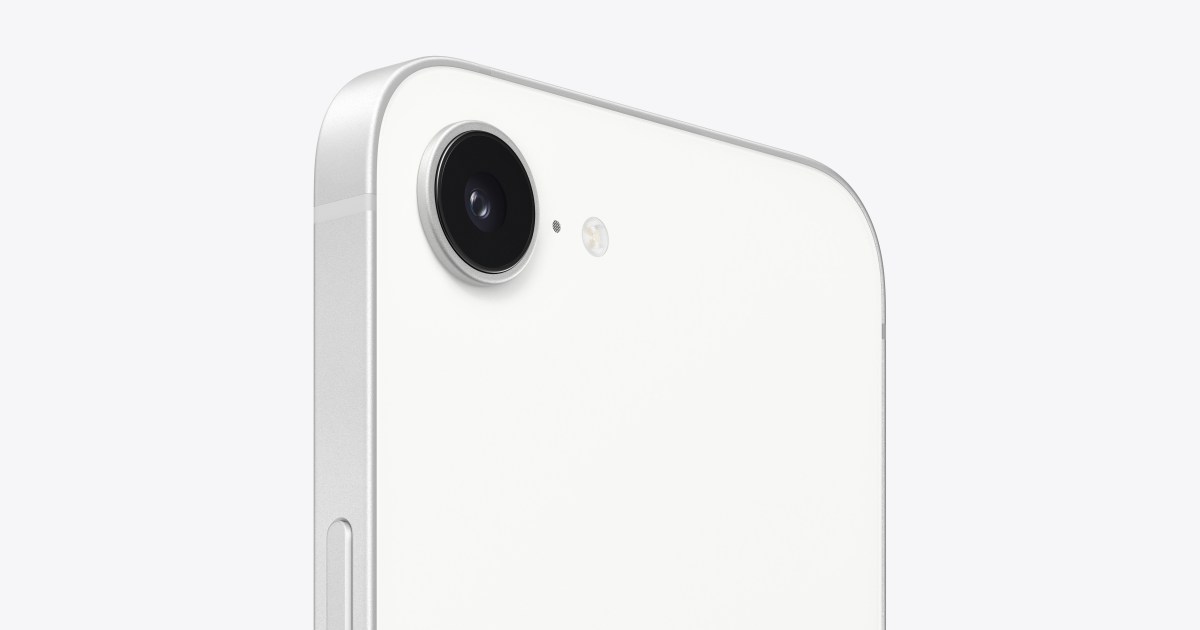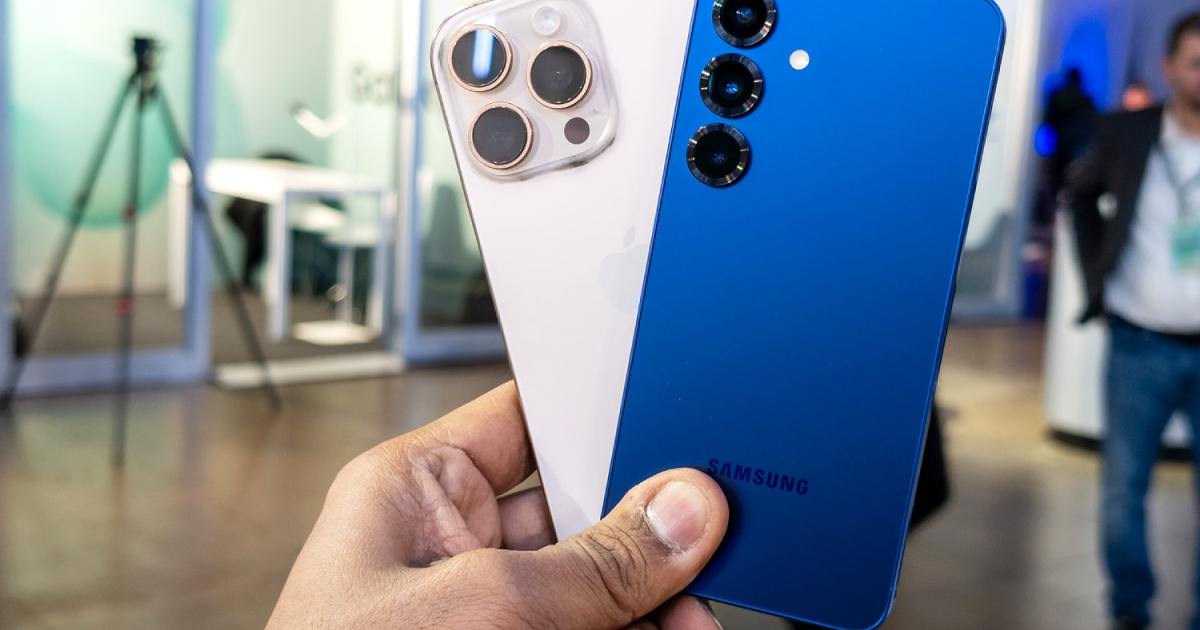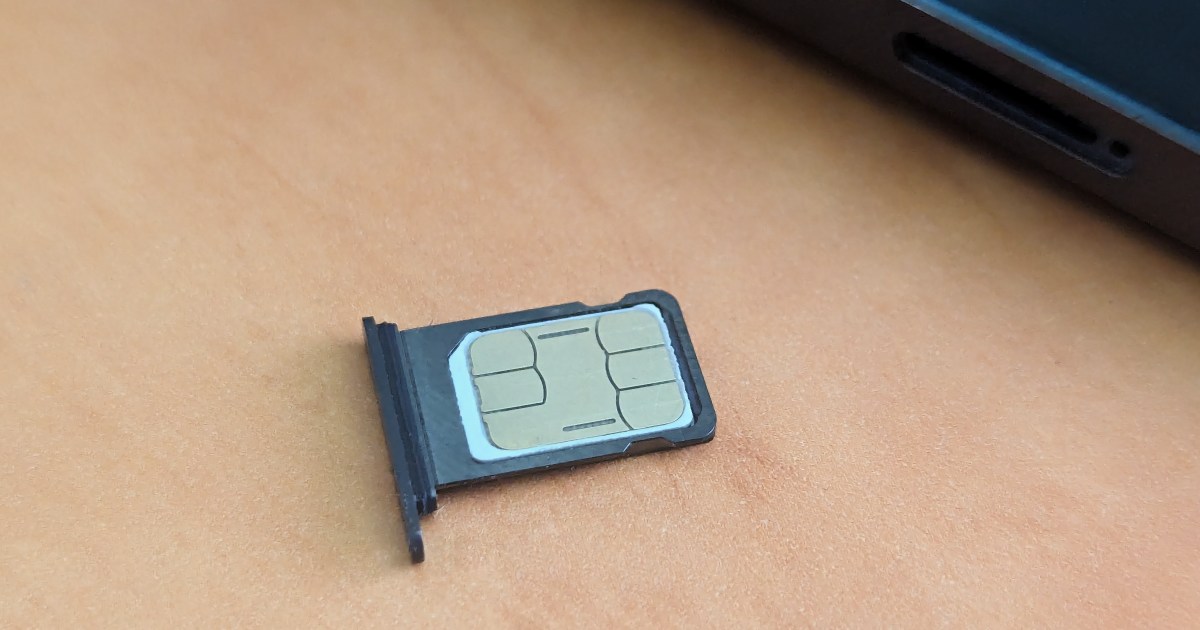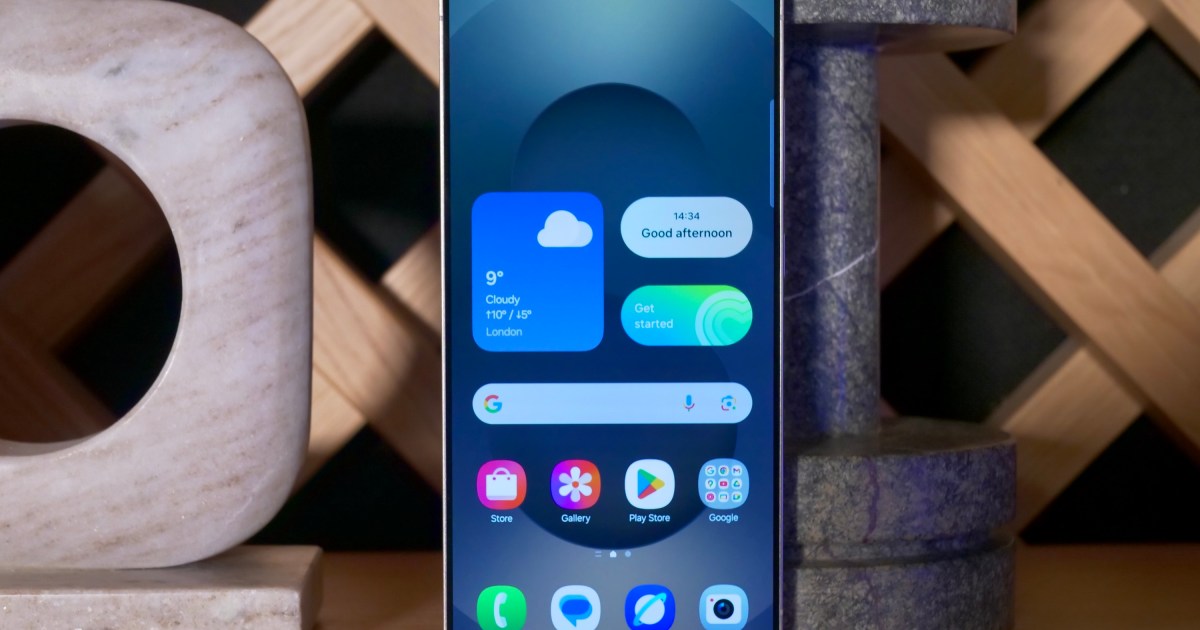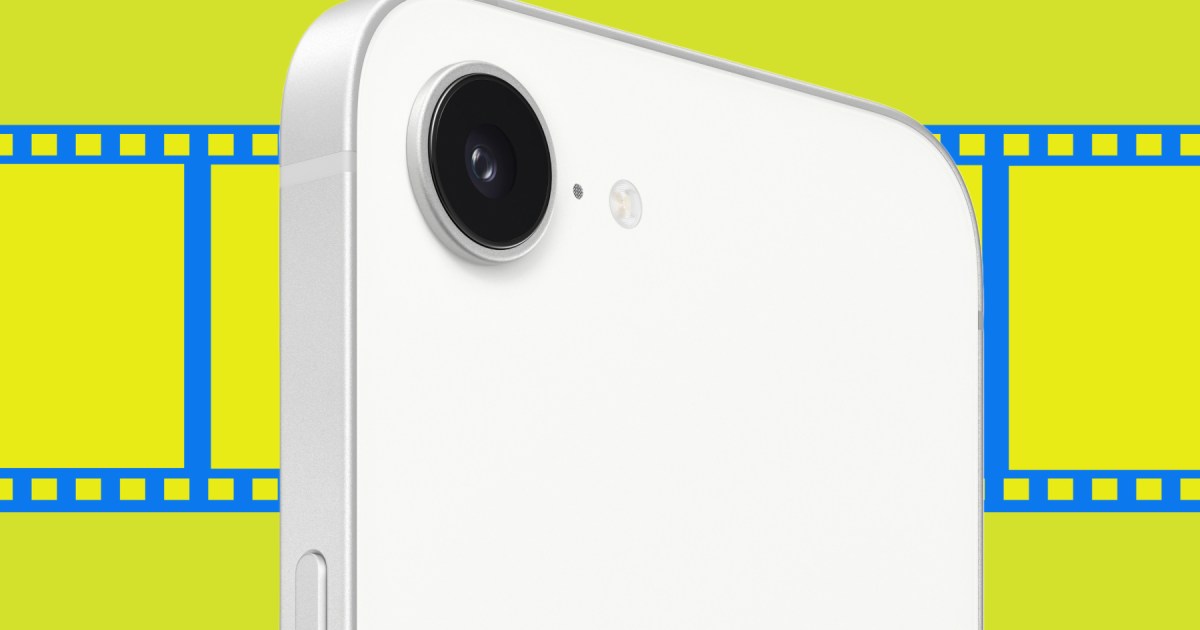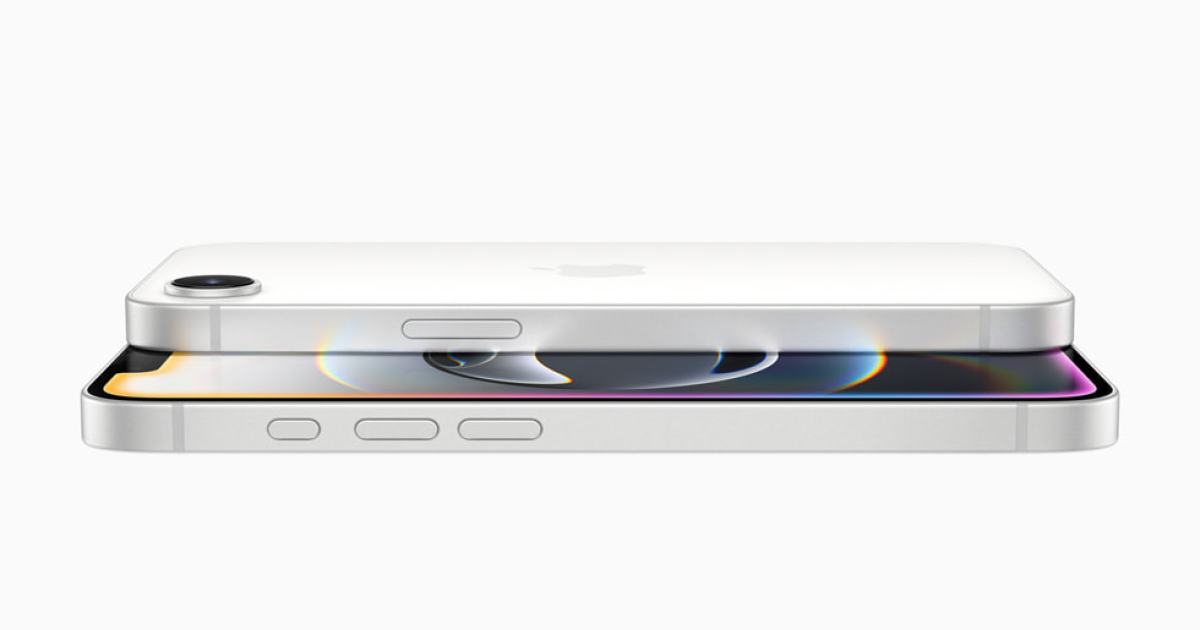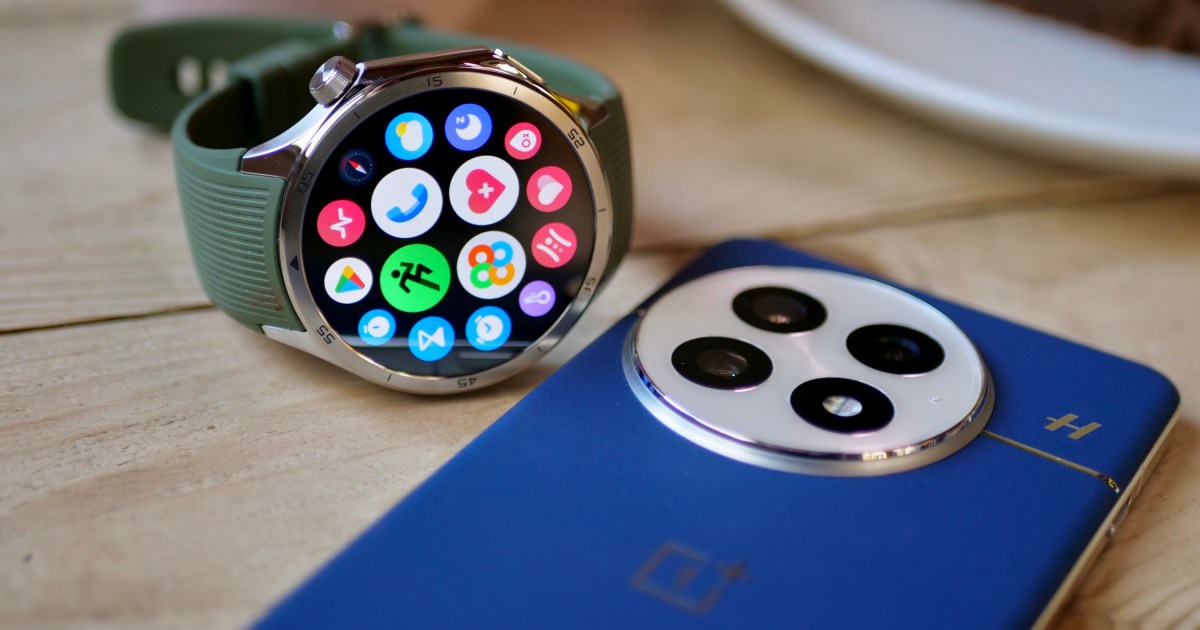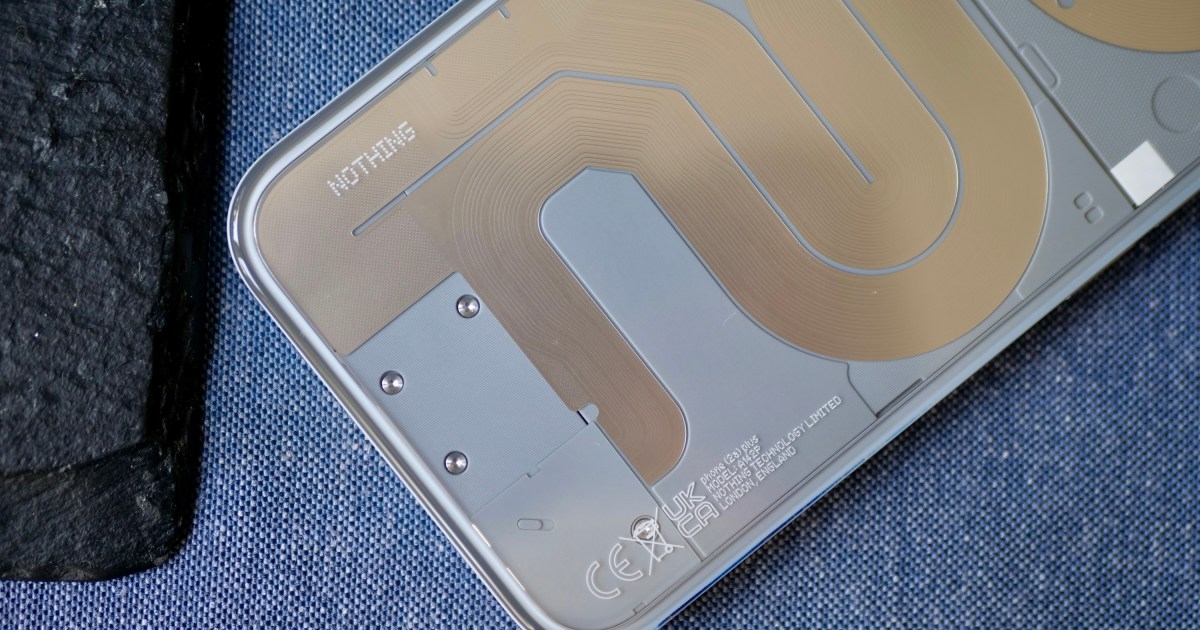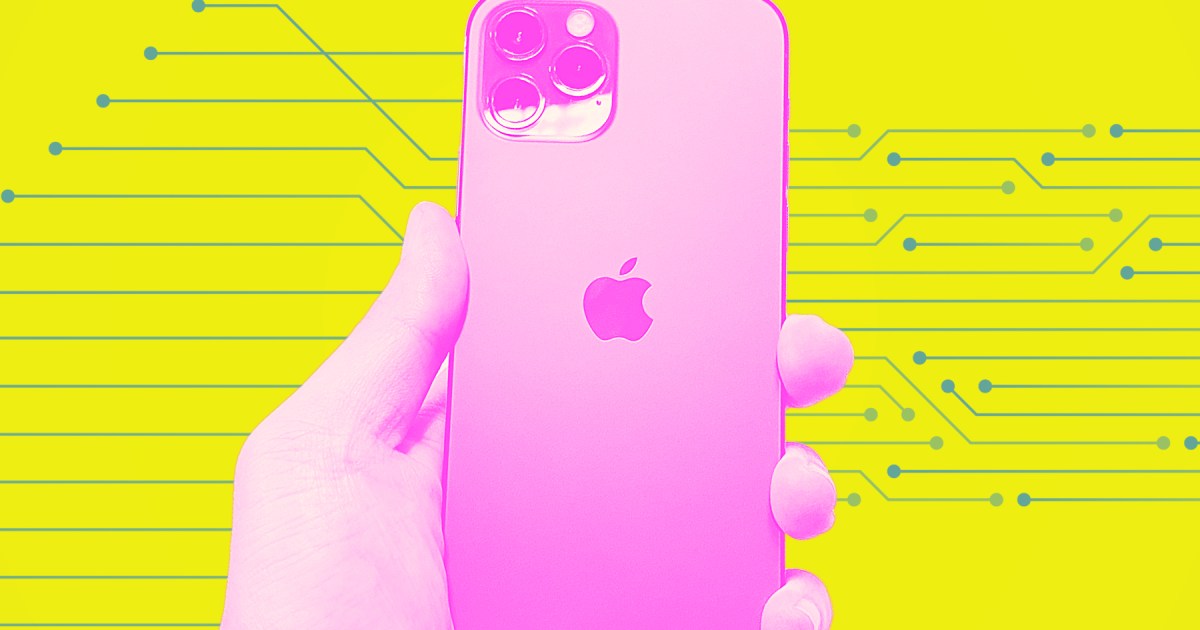The iPhone 16e boasts impressive technical advancements, particularly its new modem. However, one aspect falls disappointingly flat: the limited color selection. Offering only black and white feels remarkably uninspired, especially considering Apple’s history of vibrant and diverse iPhone colors.
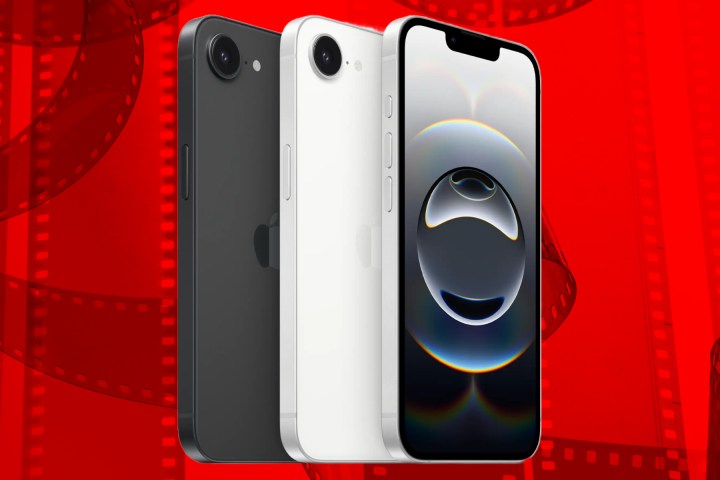 iPhone 16e depicted in black and white colors
iPhone 16e depicted in black and white colors
While black and white are classic Apple staples, harking back to the iPhone 3G era, the lack of color variety for the 16e feels strangely outdated. This is particularly perplexing given the current trend of offering a broader palette of colors across the iPhone lineup. The absence of a Product (Red) version, a staple for previous SE models, further diminishes the appeal and misses an opportunity to support a worthy cause.
The Case for More Color
The argument that “it’s just a color” and that cases can add personality overlooks a crucial point: color choice matters. While cases offer customization, the phone’s inherent color influences the overall aesthetic. It’s about the initial impression, the feeling of owning a device that reflects personal style, and the excitement of unboxing a phone that’s more than just functional.
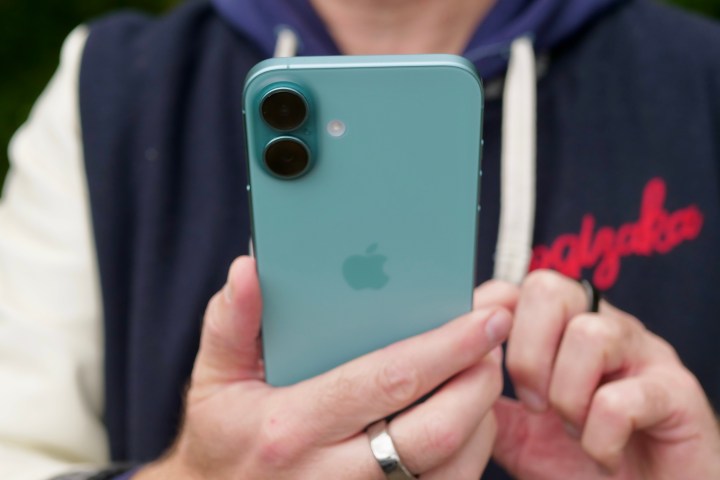 A person holding the Apple iPhone 16 Plus.
A person holding the Apple iPhone 16 Plus.
A Look at the Broader iPhone Palette
The iPhone 15 and 16 models showcase Apple’s embrace of color, offering vibrant hues like blue, pink, yellow, and green. Even the iPhone 16 Pro models, while lacking the brighter options, feature unique titanium finishes like Desert Titanium and Natural Titanium. These diverse choices allow for greater self-expression and add a touch of personality to the devices.
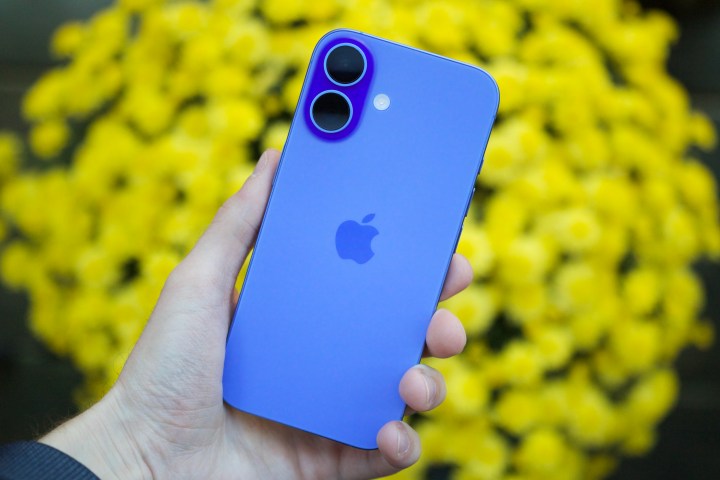 Someone holding the iPhone 16.
Someone holding the iPhone 16.
Reflecting on the Past: The iPhone 5c
The iPhone 5c stands as a testament to Apple’s ability to inject fun and vibrancy into its budget-friendly offerings. Its bright blue, green, yellow, pink, and white color options, coupled with matching cases, made it a truly enjoyable device to own. The iPhone 16e could have learned from this legacy, especially considering the opportunity to connect it to the new C1 modem with a “16c” moniker.
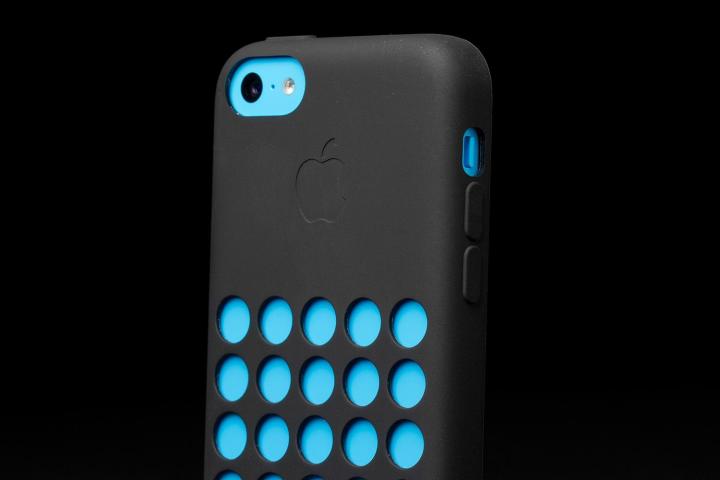 Apple iPhone 5C
Apple iPhone 5C
The Cost of Color vs. The Cost of Blandness
While cost considerations likely played a role in the limited color options for the iPhone 16e, the absence of even a single additional color feels like a missed opportunity. Even one vibrant hue could have elevated the 16e’s appeal and provided a compelling alternative to purchasing a used iPhone 14.
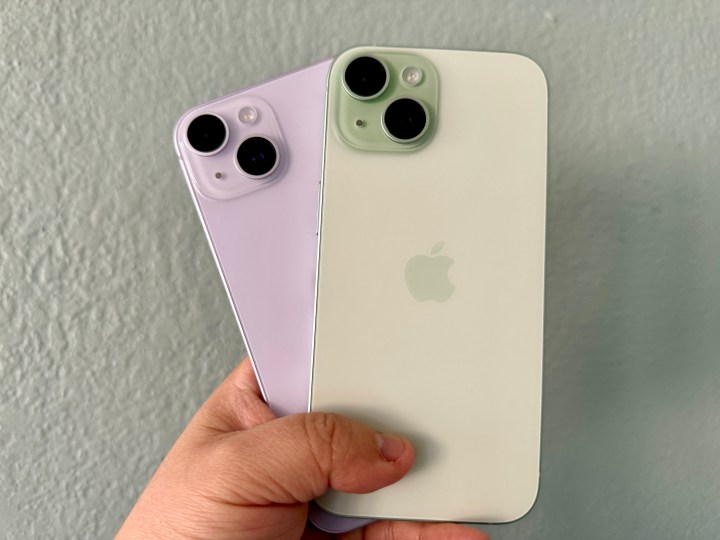 Purple iPhone 14 (left) and a green iPhone 15 in hand.
Purple iPhone 14 (left) and a green iPhone 15 in hand.
In conclusion, the iPhone 16e’s technical advancements are commendable, but the limited color options represent a missed opportunity to inject some much-needed personality and fun into the device. While black and white are classic choices, they feel underwhelming in a world where color plays an increasingly important role in self-expression and product differentiation.



